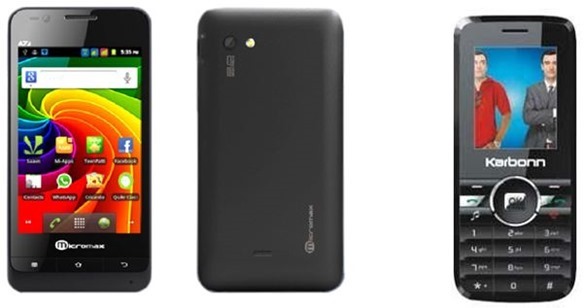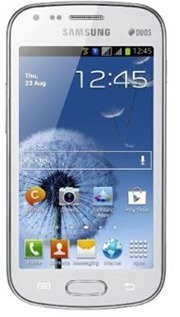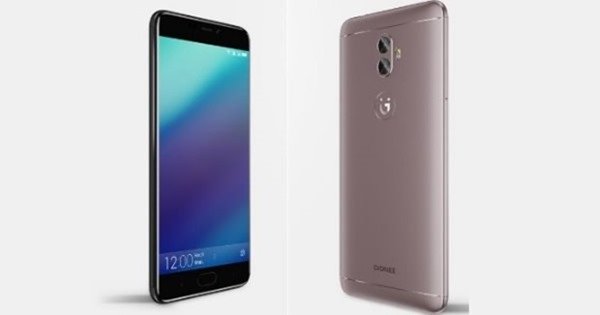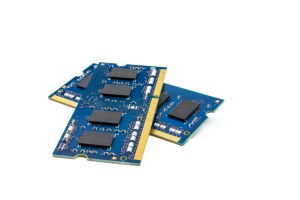Dual SIM phones have always found a ready market in India. These phones offer the advantage of using two numbers on a single device, so in a market where price mostly is the decisive factor, the ability to use two SIM cards in one phone was always going to be attractive to the average Indian buyer.
Why Do People Use Dual SIM Phones?
With a dual SIM Phone, the user can use a single phone to handle his official and personal contact numbers. As these phones can be fitted with two SIMs, the setup is almost like having two phones in one device.
Another advantage is that it enables frequent travelers to use local SIMs for use in the vicinity, while being available on their main number for regular contacts. This also helps the users keep their roaming costs to a bare minimum.
Local Companies and Low End Devices
As dual SIM phones enabled users to have separate numbers for official and personal use on a single device, smaller manufacturers like Micromax and Karbonn spotted the niche at once and acquired a huge market share just by providing dual SIM capabilities.
Bigger companies like Nokia and Samsung were slow to spot this niche and hesitant to enter it, but soon, they started releasing a few feature phones, the Asha and the Guru series (from Nokia and Samsung respectively). These phones served the low end mobile phone market.
Integration Into Higher End Devices
The MNCs still did not want to incorporate dual SIM capabilities into their higher end phones. But, the growing potential market for dual SIM smartphones in countries like India and China at last changed their view, and they also began to release Android phones with dual SIM facility.
Samsung began to test the waters with the Galaxy Y Duos series.
These were Android based dual SIM smartphones for the entry level smartphone market. They were Android phones with comparatively low configurations. They had relatively low resolution screens, and low-end and low speed processors when compared to the mainstream Android smartphones.
Once these phones found a ready market among young buyers, Samsung decided that they could move their Dual SIM phones higher up in the hierarchy.
The Initial Samsung And Micromax Models
Samsung introduced dual SIM technology into high-end phones when it released the Galaxy S Duos, an Android Ice Cream Sandwich dual standby smartphone.
This phone has 3G and Wi-Fi connectivity, and 4GB of storage space (expandable through microSD slot to 64GB). It has a 4″ touchscreen, a 5MP autofocus and LED flash enabled camera, and all the other features of a mid-range smartphone. It was released with a price tag of around ₹14, 000.
The Indian mobile devices company Micromax later announced its A110 Canvas HD, and followed up its success with the even better A116 Canvas HD. Both are dual SIM smartphones. The A116 runs on a quad-core processor, has 4GB of storage space that’s expandable up to 32GB, and 1GB RAM.
It runs on Android 4.1 Jelly Bean and has an 8MP rear camera and a 2MP front camera. It has a 5 inch high resolution display too. What makes this phone a winner is its price tag, for this feature rich phone costs just around ₹15,000.
Samsung then released the Galaxy Grand Duos to compete in this niche.
The Galaxy Grand does not have a quad-core processor, just a dual-core one, but with its proven stature and patented technologies like the TouchWiz UI, the phone matches the A116 in most features. This phone is priced competitively at ₹ 21,000.
More Entrants into The Market
As Samsung and Micromax have introduced dual SIM into their phones, other companies like Motorola, HTC, and Sony have also started releasing dual SIM smartphones. The dual SIM phone’s popularity in certain parts of the world has at last convinced these giants to leap into a market they once viewed as a niche one for cheap devices from local manufacturers.
Sony has launched Dual SIM phones in its Xperia series, HTC in its Desire series, and LG in its Optima series. These manufacturers have entered the Dual SIM market in developing countries like India, Brazil, and China.
Thanks to the introduction of this technology, customers can now expect a lot more functionality from their phones. With the integration of the dual SIM facility into smartphones, this niche appears to be growing rather than fading away. In fact, the market for these dual SIM phones seems to be steadily creeping up the price ladder into higher end devices.








![Top 8 Best 6 GB RAM Mobile Phones [2017]](https://thegadgetfan.com/wp-content/uploads/2016/03/Vernee-Apollo.jpg)

![Top 15 Mobiles With Longest Battery Life [12 hours +]](https://thegadgetfan.com/wp-content/uploads/2014/10/increase-battery-backup-tgf.png)
One Comment
anmol
nice